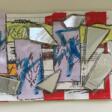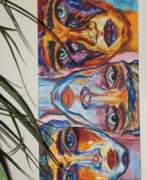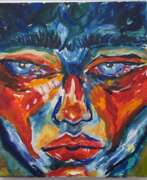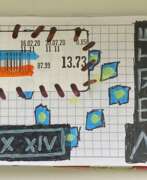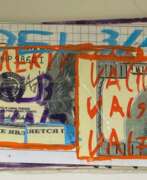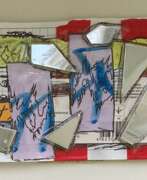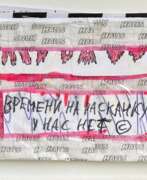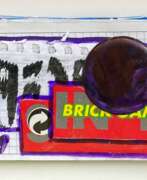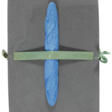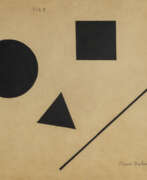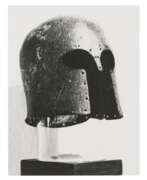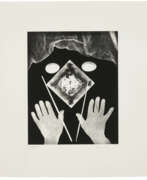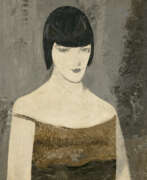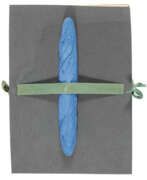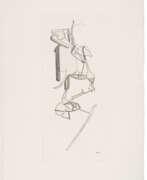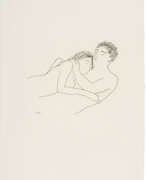Dadaism
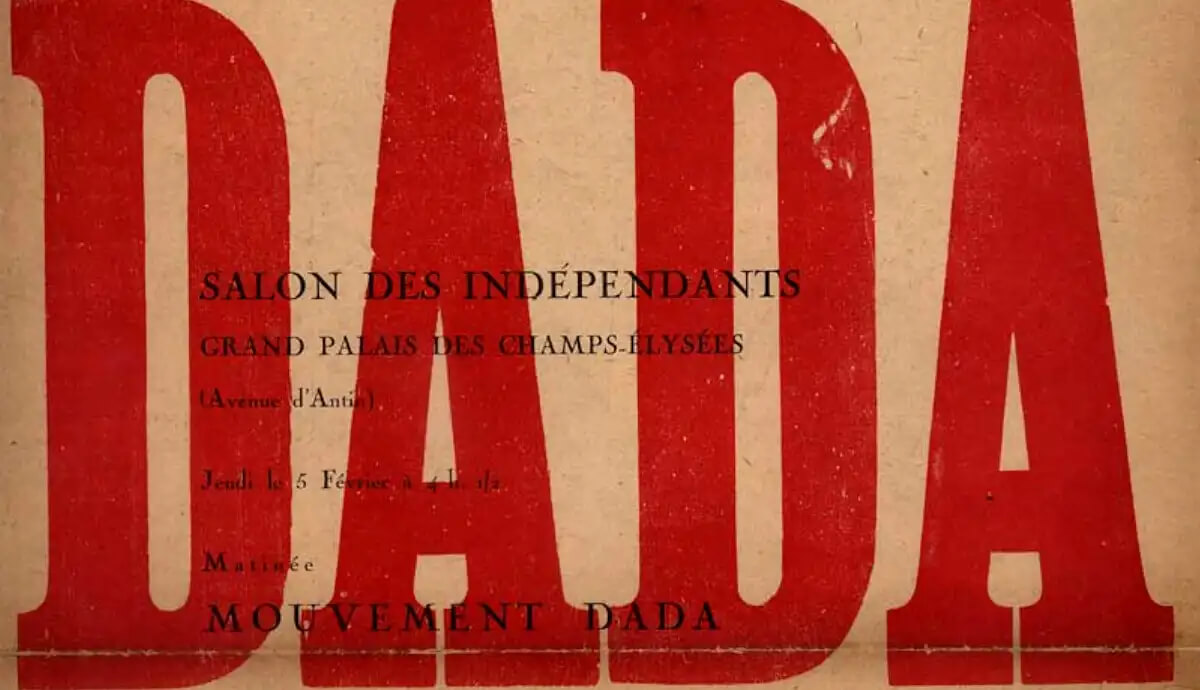
Dadaism
Dadaism, or Dada, emerged in the early 20th century as a profound defiance against the destruction wrought by World War I. Originating in Zurich, Switzerland, this anti-art movement challenged the established norms, utilizing absurdity and spontaneity to protest against the war and bourgeois societal values. Dadaists like Hugo Ball and Marcel Duchamp employed shock and unconventional media to question the very definition of art.
The movement is celebrated for its groundbreaking techniques such as readymades, photomontages, and abstract performances, all conveying a sense of disillusionment with the contemporary world order. Duchamp's "Fountain" and Hannah Höch’s "Cut with the Kitchen Knife" are pivotal works that encapsulate the essence of Dada, now housed in leading museums and reflecting the era's chaotic spirit.
Art enthusiasts who appreciate the transformative power of Dada can discover a wealth of information and insights into this pivotal movement. For those keen on exploring Dada's influence on modern and contemporary art, or wishing to stay informed on the latest auction events featuring Dada works, sign up for specialized updates. By doing so, you'll engage with the revolutionary spirit of Dada that continues to resonate through the art world.
| Country: | America, Europe, France, Germany, Switzerland, USA |
|---|---|
| Start of the period: | 1916 |
